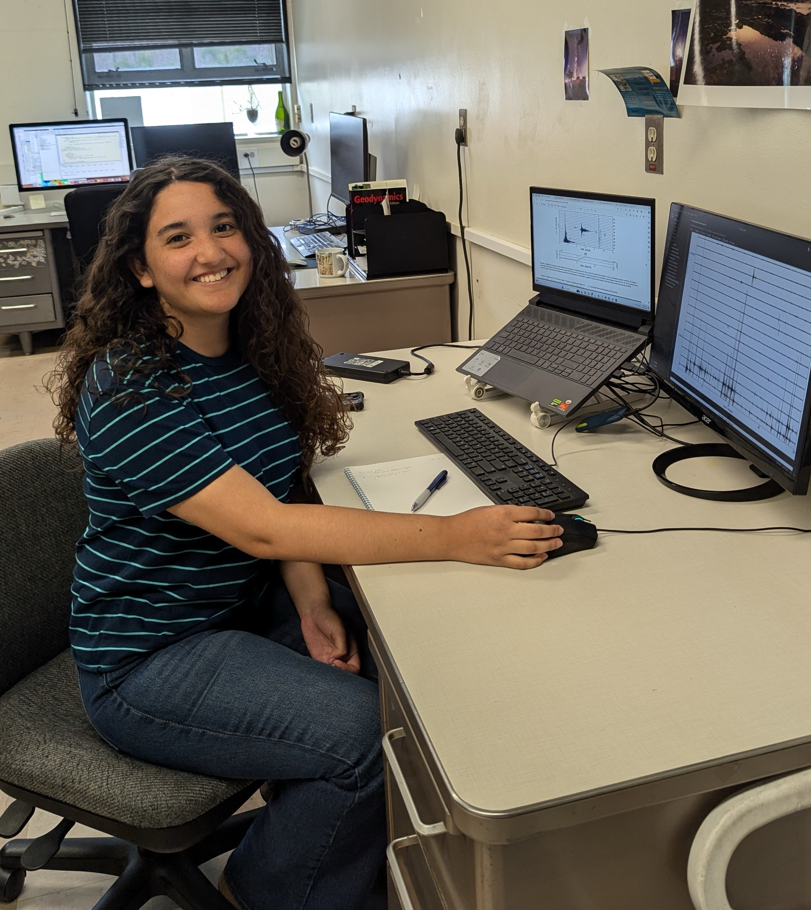
Volcano monitoring commonly includes the detection of seismic oscillations that accompany the rise or subsurface migration of magma and gas. Here we investigate various methods for the automated detection of very-long-period (VLP) [2–100 s or 0.01–0.5 Hz] volcano-seismic signals in long-duration waveform archives from Kīlauea volcano, Hawai`i. Using data from the US Geological Survey’s Hawaiian Volcano Observatory (HVO) seismic network, we aim to apply filtering, peak detection, and template matching, adapting methods from Matoza et al. (2022). We then intend to categorize detected VLPs according to the classification of Dawson and Chouet (2014): Type 1 associated with vigorous degassing, Type 2 linked to rock falls onto the lava lake, and Type 3 related to transients in mass transfer within the dike system. Our analysis will focus on recent seismic activity at Kīlauea, including the period leading up to the 2018 East Rift Zone eruption and summit collapse, as well as subsequent eruptive activity. By comparing past events to current activity and integrating VLP analyses with other geophysical datasets, we aim to improve the identification and characterization of VLP events associated with magma movement and pressurization within Kīlauea’s plumbing system.